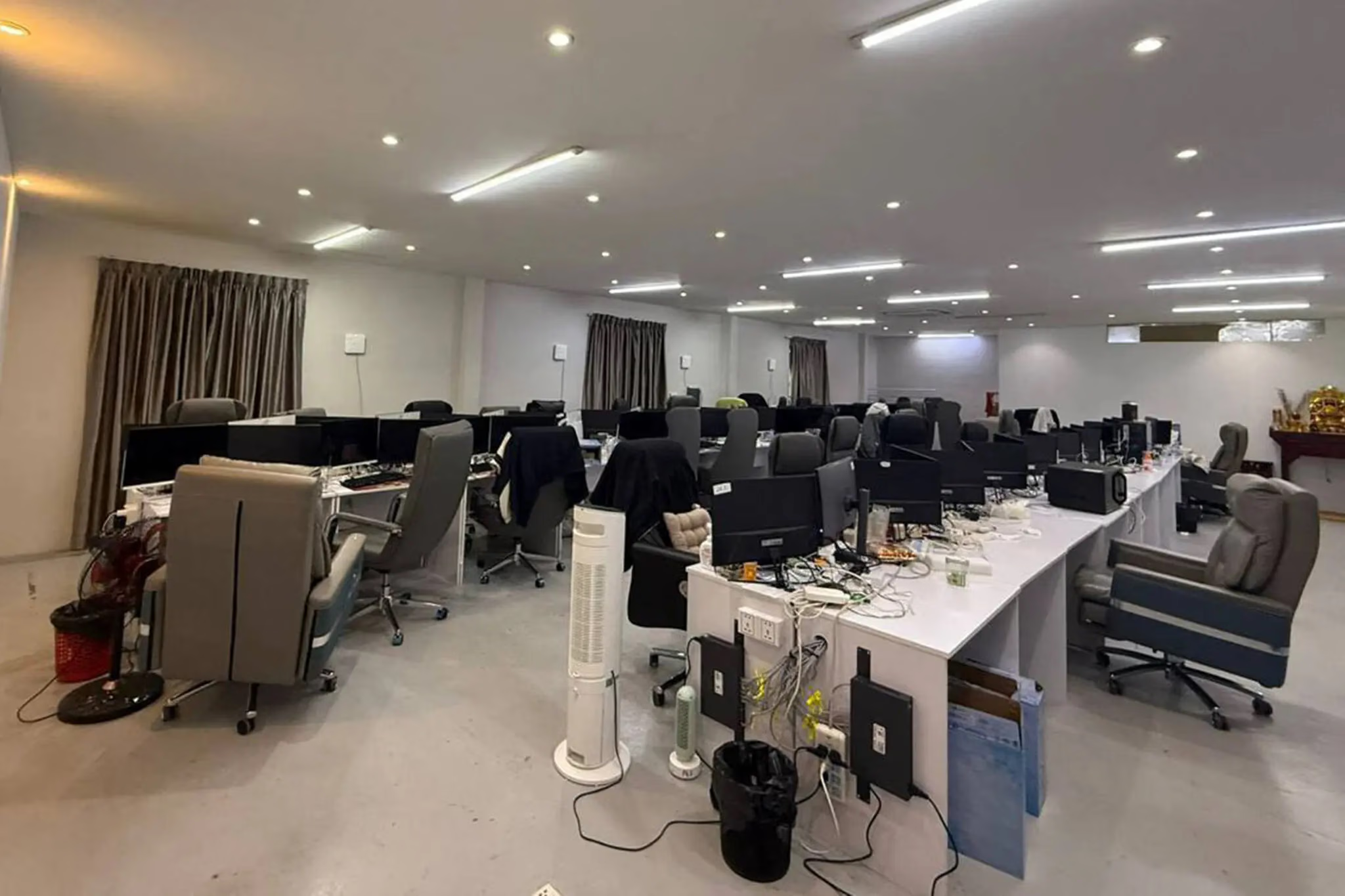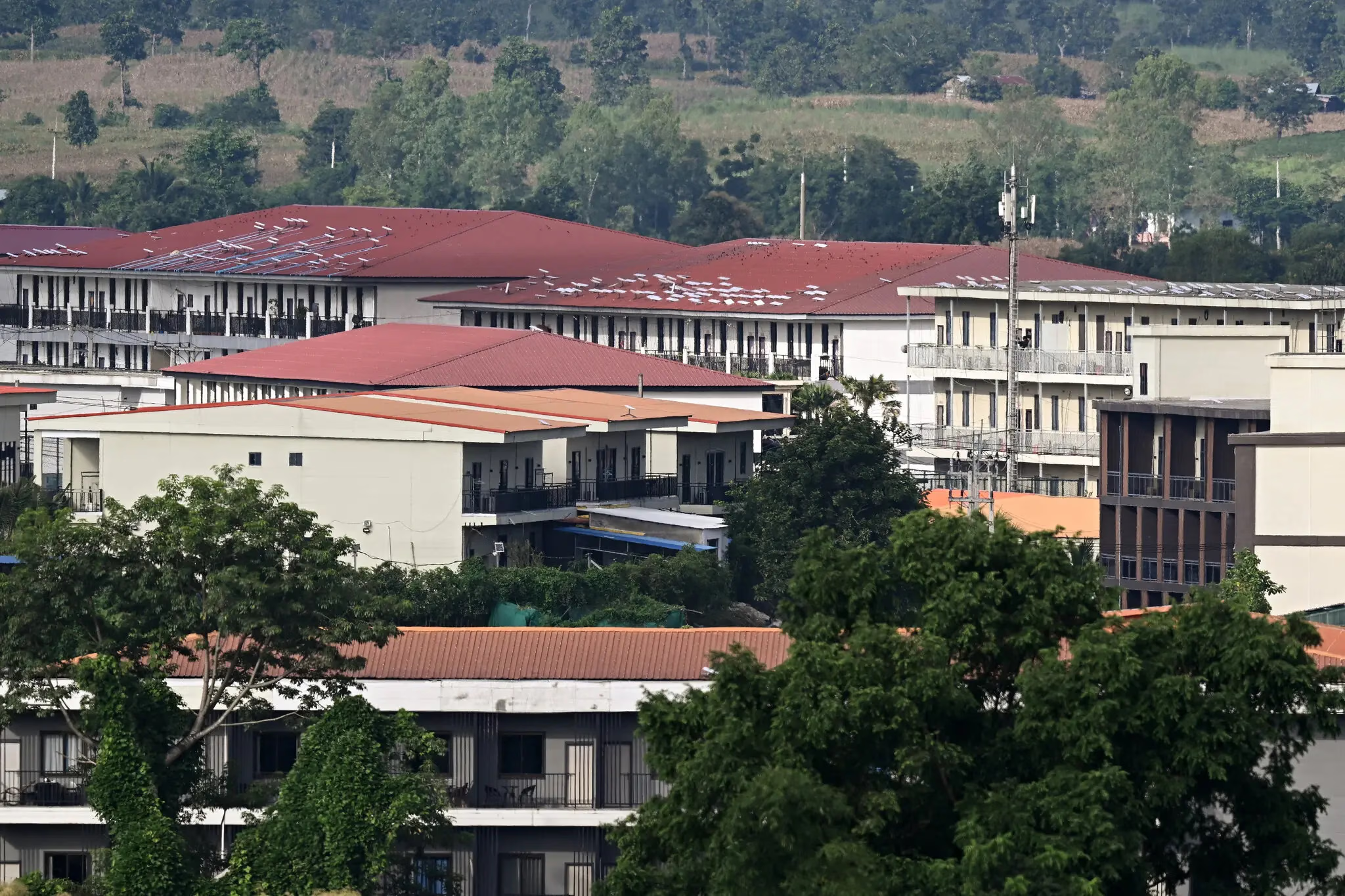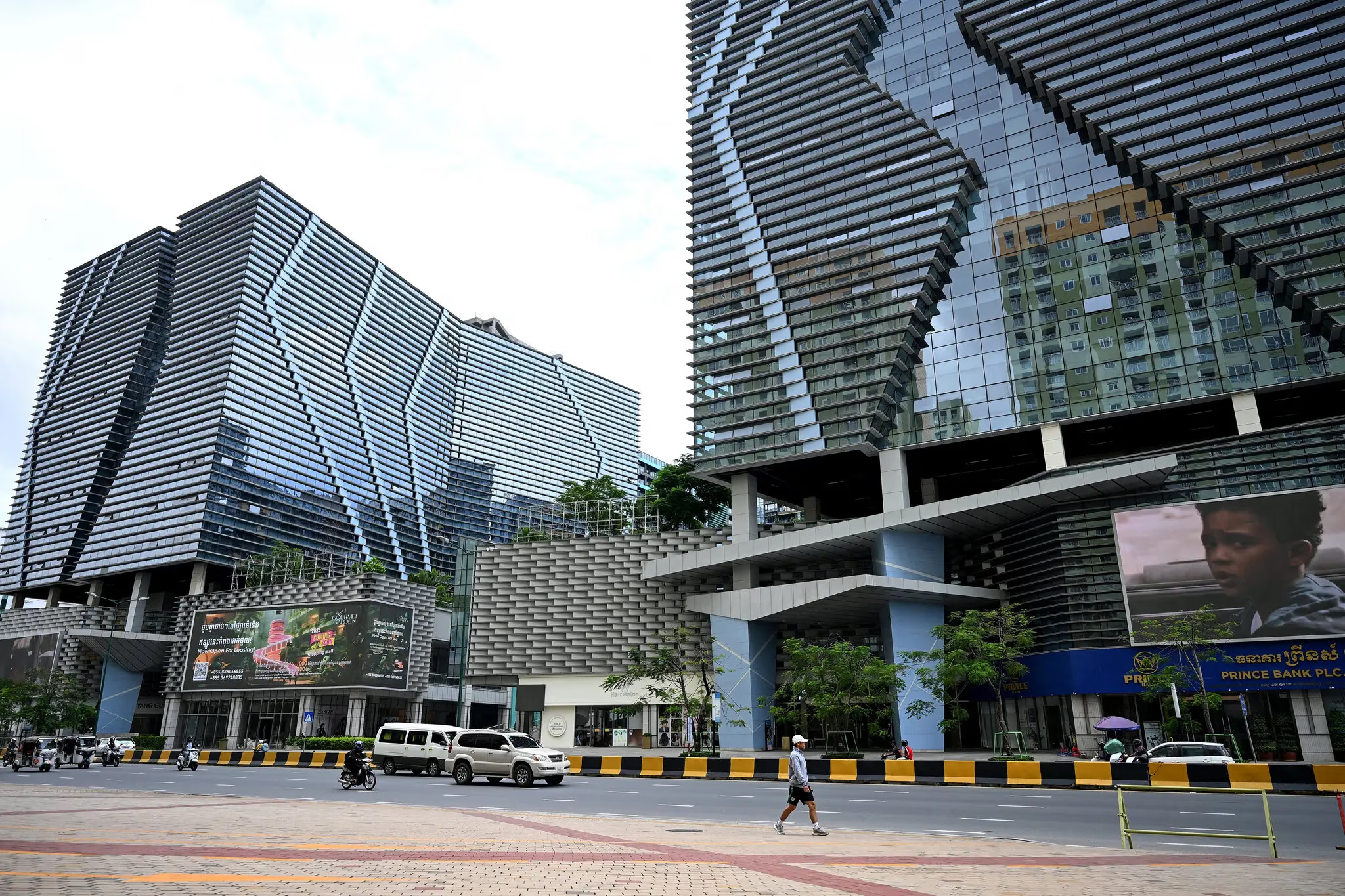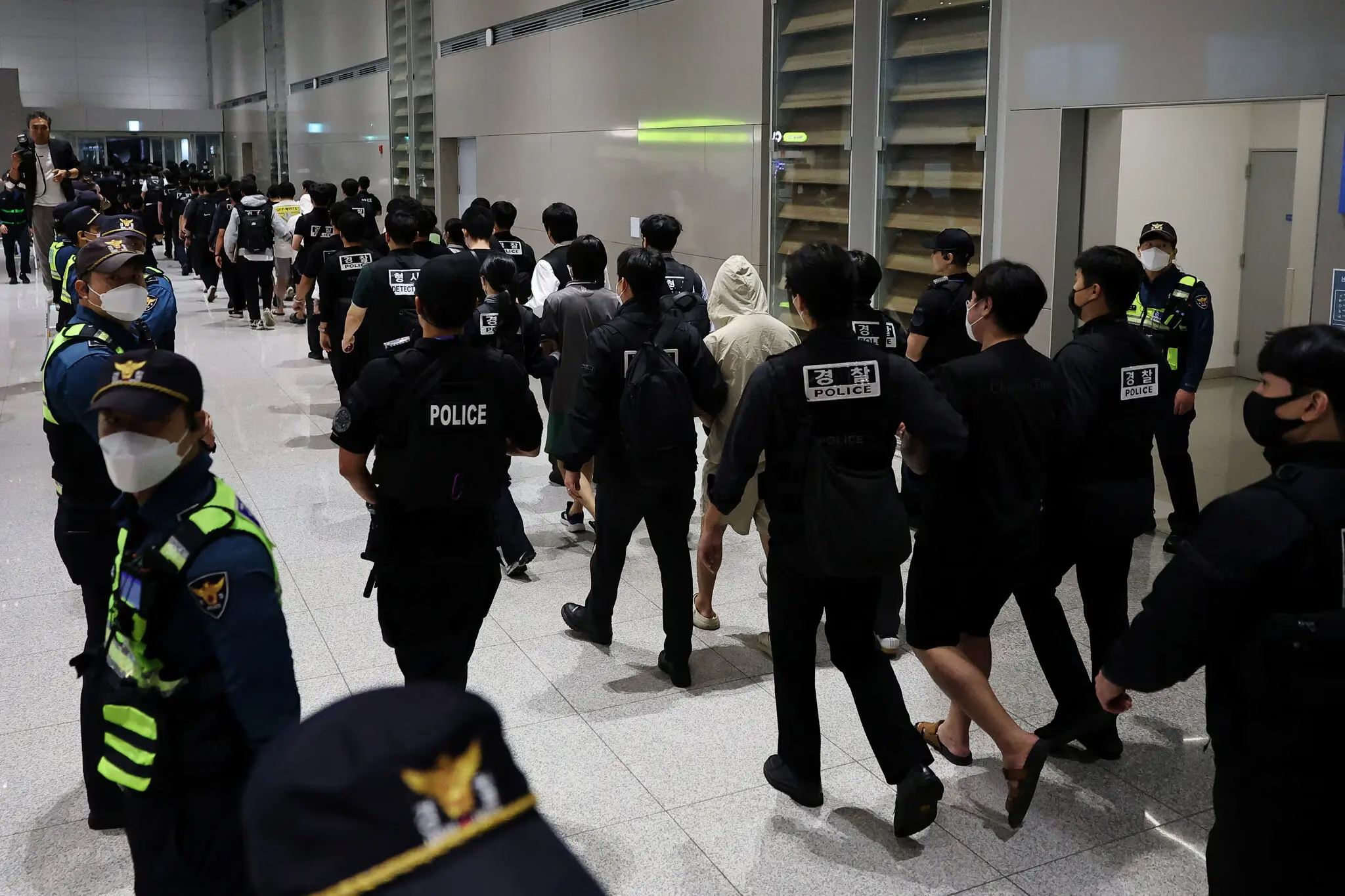Hundreds of online scam centers now operate across Cambodia, Laos, and Myanmar, disguised as IT parks and business hubs. They are staffed by trafficked people from dozens of countries who are forced to defraud victims worldwide—from the United States to Europe and Africa. In recent years, this system has evolved into one of the most profitable forms of organized crime, combining human trafficking, violence, corruption, and transnational financial schemes.
The U.S. Treasury Department reported that Americans lost more than $16.6 billion to online fraud, much of it organized in Southeast Asian countries and targeting victims around the globe.
These scam compounds rely on forced labor and expanded dramatically during the pandemic years. Experts estimate their combined annual revenue at no less than $64 billion.
Authorities in several countries are working to free people who have been kidnapped and forced to participate in such schemes. Yet despite recent U.S. and U.K. sanctions against a Cambodian company accused of running a large fraud network, experts warn that dismantling the criminal syndicates behind this business will require far greater effort.
How the Scams Work—and Who Falls Victim
Victims often receive a message from someone posing as a financial adviser on Facebook, WhatsApp, or Telegram. After a brief exchange, the scammer convinces them to transfer money through a website disguised as a legitimate investment platform. In 2023, the president of a small bank in Kansas did exactly that—losing about $47 million in bank funds to so-called “pig butchering” scammers who specialize in investment frauds.

Computer equipment inside a scam operations center in Phnom Penh.
Scammers also run “romance” schemes: they cultivate short relationships with divorced or recently widowed people and then persuade them to send large sums of money. Sometimes the fraud comes down to phone calls—perpetrators posing as bank employees request account numbers, PINs and social-security numbers under the pretext of verifying information.
Such operations are possible worldwide because scam centres employ people who speak the languages of potential victims. According to Interpol, the largest group of trafficked workers are Chinese nationals whom criminal networks forcibly bring to camps in Southeast Asia. But staff also include Brazilians, Indians, Filipinos and people from African and Eastern European countries.
Where the Scam Centres Are Located—and Who Protects Them
Many of the large centres housing fraudulent operations are located within special economic zones created by the authorities of Cambodia, Laos and Myanmar to attract foreign investment. Most of these zones lie along the border with Thailand, giving criminals access to reliable sources of electricity and the neighbouring country’s telecommunications networks.
Fraud networks use Thai airports and roads to transport equipment and move workers. People are often lured to Thailand with offers of jobs in customer service or IT. But after arriving in Bangkok, they are taken across poorly guarded borders, locked in compounds and subjected to violence and torture.

Starlink satellite terminals inside a compound in the city of Myawaddy in eastern Myanmar. The military authorities said they had raided one of the largest scam centres near the Thai border.
These centres operate most actively in Myanmar’s border regions, torn by civil war. According to independent experts, the military and armed ethnic groups provide them protection in exchange for a share of the profits. Myanmar’s government denies involvement in the scam networks, claiming it is “actively” fighting them.
The multistory buildings housing these centres stand in Myanmar’s towns directly along the narrow river that forms the border with Thailand. From across the border, the hum of their generators can be heard. From the outside, they look like ordinary office buildings or residential complexes.
Raids, Shutdowns, and Sanctions Fail to Halt the Industry
Myanmar’s ruling military junta announced this month that its forces had raided one of the major online scam centres. Almost simultaneously, SpaceX reported blocking more than 2,500 Starlink terminals that had been providing connectivity for many of these operations.
In a separate case, the governments of the United States and the United Kingdom imposed sanctions on a Cambodian company suspected of running a large-scale fraud scheme. South Korea expressed concern over its citizens who disappeared inside Cambodian scam compounds, while in Thailand a senior official resigned after being accused of taking bribes linked to cybercrime in Cambodia.

The Prince International Plaza complex in Phnom Penh, Cambodia. The U.S. Department of Justice has filed a forfeiture claim for $15 billion in bitcoin belonging to Chen Zhi, founder and chairman of the Prince Holding Group.
Nevertheless, these measures are unlikely to deal a meaningful blow to an industry whose annual turnover reaches around $64 billion, said Jason Tower, senior expert at the Geneva-based Global Initiative Against Transnational Organized Crime.
He noted that the resilience of the system itself is telling: even in February, when Chinese authorities launched a major crackdown on such crimes, construction of new scam centres in Myanmar continued.
Investigators Struggle to Keep Up With Criminal Networks
According to Jason Tower, investigators need to share financial data and intelligence obtained from freed workers of the scam networks more actively.
Tracking the flow of money, however, is extremely difficult: profits from these operations are laundered through luxury real estate and encrypted bitcoin wallets. At the same time, criminal networks are expanding into parts of Africa and South Asia, where corruption and weak governance create favorable conditions for their activities.
For now, Tower noted, investigations are moving far too slowly, while the scam centres remain too profitable—and too easy to set up—to be truly stopped.
